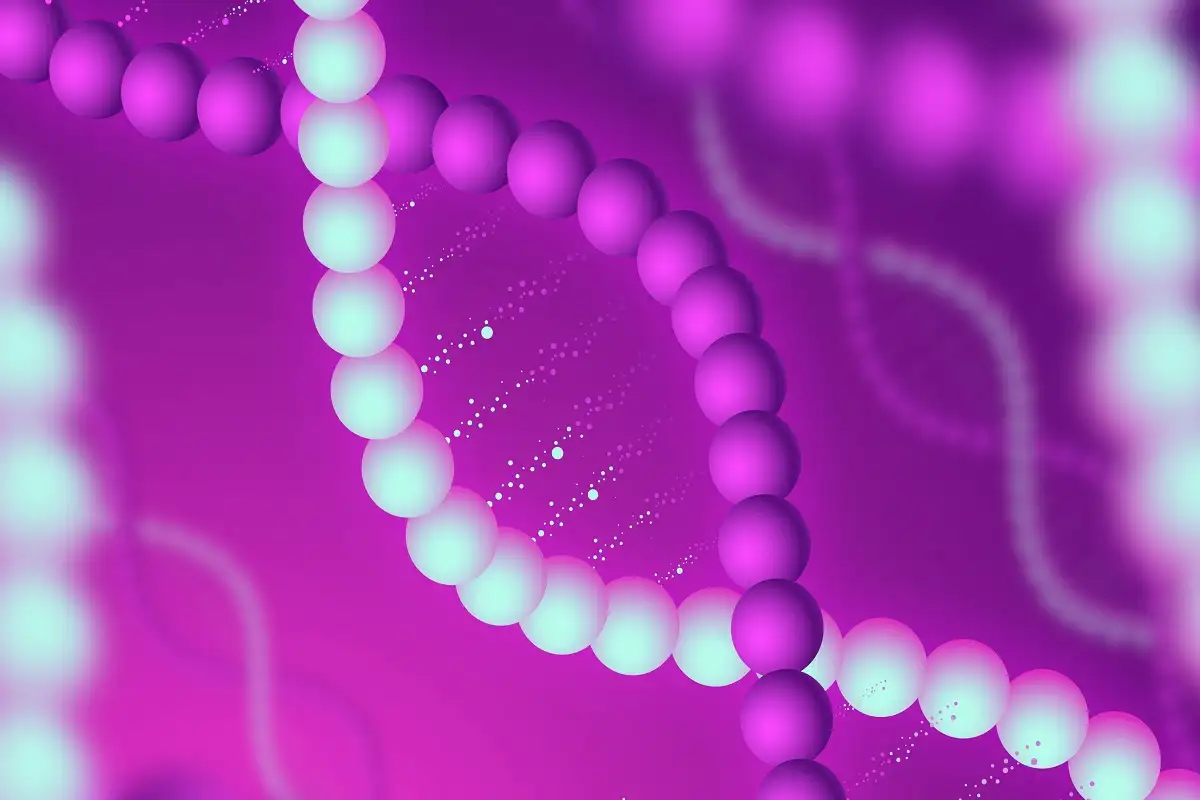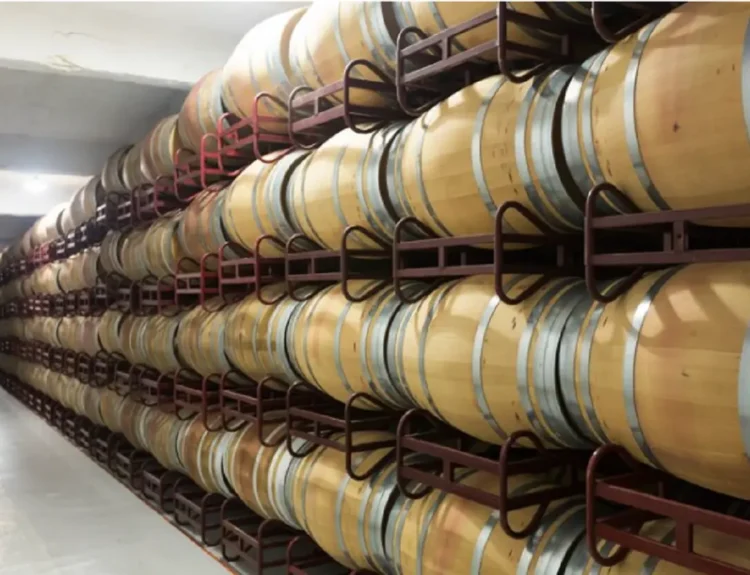In molecular biology, the synthesis and replication of DNA are crucial processes for maintaining the integrity of genetic information across generations. During DNA replication, new strands of DNA are synthesized in a highly organized manner to ensure that cells maintain their functions and division. A particularly important step in DNA replication involves the joining of short segments of newly synthesized DNA into a continuous strand. This process is facilitated by a critical enzyme known as short segments of newly synthesized dna are joined into a continuous strand by _____. In this article, we will explore the role of DNA ligase in this process, its mechanism, and the time-based regulation of its activity.
The Importance of DNA Replication
DNA replication is a fundamental process that occurs in every living cell. Before a cell divides, it must replicate its entire genome so that each daughter cell receives a complete set of genetic information. This process occurs in several stages, including the initiation, elongation, and termination phases.
In the elongation phase, the DNA is unwound, and each strand serves as a template for the synthesis of a new complementary strand. The enzyme short segments of newly synthesized dna are joined into a continuous strand by _____. is responsible for catalyzing the addition of nucleotides to the growing strand. However, the way the two strands of DNA are synthesized differs on the leading strand and the lagging strand.
Leading vs. Lagging Strand Synthesis
The leading strand is synthesized continuously in the 5’ to 3’ direction, following the replication fork as it opens up. In contrast, the lagging strand is synthesized in short segments, known as Okazaki fragments, in the opposite direction. These fragments are later joined to form a continuous strand.
Okazaki fragments are essential in the replication of the lagging strand because DNA polymerase can only synthesize in the 5’ to 3’ direction, and the lagging strand runs in the opposite direction. Thus, multiple short segments must be synthesized, which requires further processing to link them together. This is where DNA ligase plays a vital role.
The Role of DNA Ligase
DNA ligase is an enzyme that catalyzes the formation of a phosphodiester bond between the 3′ hydroxyl group of one nucleotide and the 5′ phosphate group of another. This action effectively “glues” together the ends of the Okazaki fragments, creating a continuous DNA strand. Without DNA ligase, the replication process would leave the lagging strand incomplete and fragmented, preventing proper cell division.
The action of DNA ligase occurs in several stages. First, the enzyme binds to the 3’ end of one fragment and the 5’ end of the adjacent fragment. A small amount of energy, in the form of ATP, is used to activate the ligase enzyme. Then, the enzyme catalyzes the joining of the two fragments. This process is essential for maintaining the continuity and integrity of the DNA molecule during replication.
Timing of DNA Ligase Activity
DNA ligase’s role is particularly time-sensitive during DNA replication. During the elongation phase, as Okazaki fragments are continuously synthesized, DNA ligase must act promptly to ensure that the lagging strand is completed. Any delay or malfunction in this process can lead to incomplete or incorrect DNA replication, which can, in turn, cause mutations or errors in cell division.
In some organisms, DNA ligase operates in a tightly regulated manner. For example, in eukaryotes, ligase I is primarily responsible for joining the Okazaki fragments, and its activity is carefully coordinated with the activities of DNA polymerase. The action of DNA ligase must also be synchronized with the action of other enzymes such as RNase H and DNA polymerase I, which remove the RNA primers that were initially laid down to begin the synthesis of Okazaki fragments.
DNA ligase is also active at various stages of DNA repair. It participates in several repair pathways, including short segments of newly synthesized dna are joined into a continuous strand by _____. Where its role is to seal the gaps that are created during the removal of damaged DNA. The timely and accurate function of DNA ligase is essential for maintaining the stability of the genome over time.
Factors Influencing DNA Ligase Function
While DNA ligase plays a crucial role in the timely joining of DNA fragments, several factors can influence its activity. The concentration of ATP is one of the most important factors, as ATP provides the energy needed for ligation. In cells, the levels of ATP can fluctuate, and this can impact the efficiency of ligase action.
In addition, the presence of other proteins involved in DNA replication can modulate the activity of DNA ligase. For instance, in bacteria, the clamp loader complex ensures that DNA ligase works efficiently by increasing its affinity for the DNA strand. Similarly, in eukaryotes, various replication factors assist ligase in its task.
Furthermore, DNA ligase itself can be regulated by phosphorylation. In eukaryotic cells, certain kinases add phosphate groups to ligase, which can alter its activity and timing of function. This regulation ensures that ligase operates only when necessary, such as after Okazaki fragments have been synthesized and are ready for joining.
DNA Ligase in Genetic Diseases and Disorders
Mutations in DNA ligase can lead to several genetic disorders. For example, defects in DNA ligase I, the enzyme responsible for sealing Okazaki fragments, are associated with severe combined immunodeficiency (SCID), a disorder that affects the immune system. People with this condition often experience recurrent infections due to their compromised immune response.
Similarly, defects in DNA ligase III are linked to ataxia-telangiectasia-like disorder, a condition characterized by progressive neurodegeneration and other systemic issues. These genetic diseases highlight the critical role of DNA ligase in maintaining the integrity of the genome over time.
The Time-Sensitive Nature of DNA Ligase in Cancer and Aging
DNA ligase’s role extends beyond replication and repair, as it has implications in aging and cancer. In cancer cells, for example, errors in DNA replication and repair can accumulate over time, leading to mutations that drive tumorigenesis. Since DNA ligase is involved in the repair of damaged DNA, its dysregulation may contribute to the development of cancer. In fact, certain cancer therapies target DNA ligase to prevent the repair of cancerous cells, thereby inhibiting their growth.
Moreover, aging is associated with an increased accumulation of DNA damage and a decrease in the efficiency of DNA repair. As DNA ligase’s efficiency declines over time, the repair of DNA becomes less effective, contributing to the aging process. Understanding how DNA ligase functions over time, and how its activity can be regulated, could offer insights into aging and provide potential avenues for therapeutic intervention.
Conclusion
In conclusion, the enzyme DNA ligase plays an indispensable role in joining short segments of newly synthesized dna are joined into a continuous strand by _____. synthesized DNA into a continuous strand during DNA replication. It works in a time-sensitive manner to ensure the smooth progression of DNA replication and repair. Without DNA ligase, the process of DNA replication would be incomplete, leading to cellular dysfunction and disease. As we continue to explore the role of DNA ligase, its timely activity and precise regulation will undoubtedly remain a focal point of research in molecular biology and medical science. Through the careful study of DNA ligase, scientists can unlock new avenues for therapeutic interventions, not just in the context of cancer, but in the broader scope of genetic disorders and aging. See More



